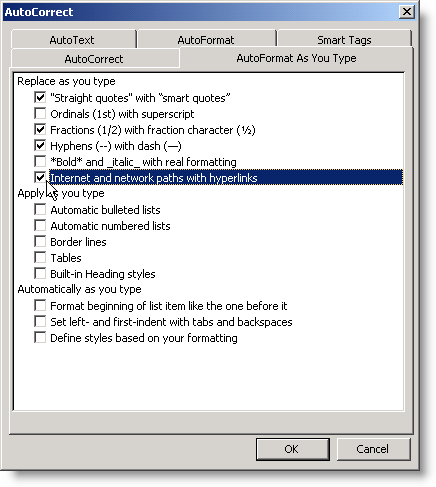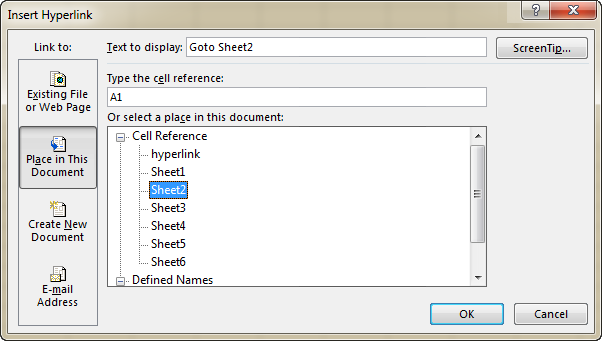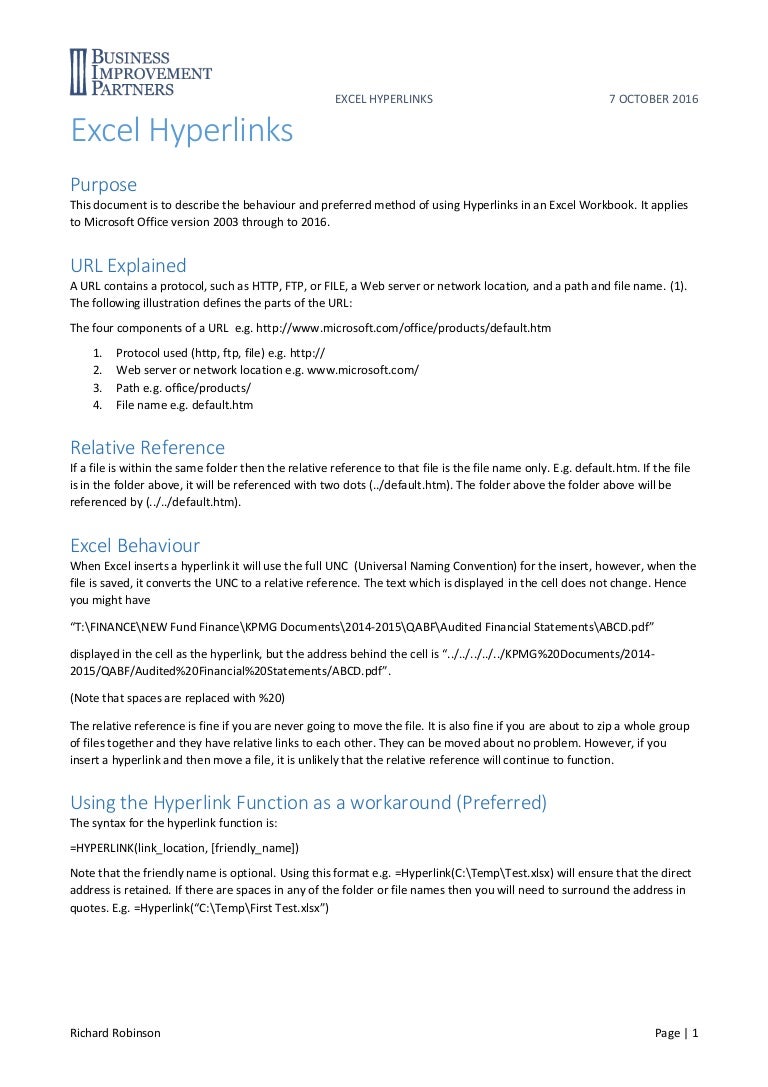
If the range doesn't exist, the desired workbook is still opened, but Excel informs you that the range name is invalid. Excel is opened and the range is displayed. Note that when you use a named range, you don't need to surround it by apostrophes as is done with worksheet names. Budgets/Annual/Budget2010.xlsx#DeptTotals In R1C1, when you refer to a cell it creates the address of referred cell using its distance from the active cell.For example, if you refer to cell B5 from cell A1 it will show the address of B5 as R4C1. The real difference comes when you write formulas and use a reference to other cells. If you use named ranges in your workbook, you can use the name of a range you want displayed instead of using a sheet and cell name: In the above two examples, you have the same active cell, but different cell addresses. If you want to make sure that a specific cell is displayed on the target worksheet, you can further refine the address in this manner: expression A variable that represents a Hyperlink object. Note that the worksheet name is surrounded by apostrophes and separated from the workbook name by a pound sign. Returns or sets a String value that represents the address of the target document. Budgets/Annual/Budget2010.xlsx#'Sheet3' To open a specific worksheet, simply tack the worksheet's name onto the end of the address, prefaced by a pound sign as shown here: I have a list of links in an Excel spreadsheet that I want to turn into hyperlinks so I can view them in a. Linklocation is the destination or path the link. The HYPERLINK function takes two arguments: linklocation and friendlyname. You can also use HYPERLINK to create email links. For instance, if you, in step 4, navigate to a workbook named Budget2010.xlsx, the Address bar might contain something like this: The HYPERLINK function can build links to other cells in a workbook, other sheets, named ranges, other workbooks, pages on the internet, or to files on network servers. If you want to display a specific worksheet, all you need to do is modify what appears in the Address box as you are setting up the hyperlink. When you do this, the Excel workbook you specified in step 4 is opened, and the first worksheet in the workbook is displayed. Your hyperlink is now created, and you can Ctrl+click to access the target of the hyperlink. Change the Text to Display box so it contains whatever you want in the document this is the text that will be clickable as the hyperlink.The address of that file should appear in the Address box.



#Relative hyperlinks in excel 2016 full#
In your Excel hyperlinks, you should always supply full URLs for web-pages. On the web, its a common practice to use relative URLs. Relative link to an Excel file: Source dataBook3.xlsx. For example: Relative URL: excel-lookup-tables/index.php. Link_location is the destination or path the link should follow, entered as text. A relative hyperlink contains a partial address. The HYPERLINK function takes two arguments: link_location and friendly_name.

The HYPERLINK function can build links to other cells in a workbook, other sheets, named ranges, other workbooks, pages on the internet, or to files on network servers. The HYPERLINK function creates a hyperlink from a given destination and "friendly name", which is simply the link text. You can use HYPERLINK to construct a clickable hyperlink with a formula.


 0 kommentar(er)
0 kommentar(er)
